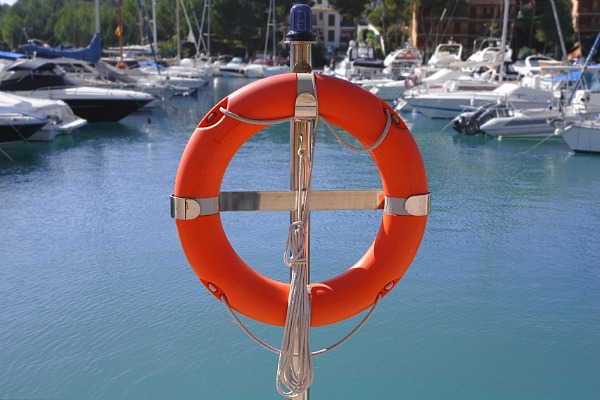New EPIRB 406 MHz distress beacons save lives

406 MHz distress beacons save lives
The internationally owned satellites that monitored the 121.5 MHz distress beacons have now been switched off.
The Australian Maritime Safety Authority (AMSA) that coordinates all aviation and maritime search and rescue
across Australia’s 53 million square kilometre search and rescue region, no longer has the ability to detect an
analogue distress beacon via satellite.
Sixteen minutes after the satellites were switched off yesterday, AMSA’s Rescue Coordination Centre Australia,
detected two 406 MHz distress beacons in the Great Barrier Reef region off the Queensland coast. Four fisherman were subsequently rescued after their fishing vessel had caught fire and sunk. Without their 406 MHz distress beacons, we may never have found them.
It is crucial that you upgrade to a 406 MHz distress beacon immediately.
To ensure your life and the lives of your family are safe during recreational activities on land, sea or in the air, it is essential to switch to a 406 MHz distress beacon immediately.
If you continue to rely upon a 121.5 MHz analogue beacon in a distress situation you are risking your life.
406 MHz beacons must be registered with AMSA. Registration is free and can be done on-line at the AMSA web site.
When upgrading to a 406 MHz distress beacon it is essential that old analogue models are appropriately disabled and disposed of responsibly so that they do not trigger false alarms. Battery World shops provide free disposal.
More advice about distress beacons is available from the AMSA web site: www.amsa.gov.au/beacons or by calling 1800 406 406.


